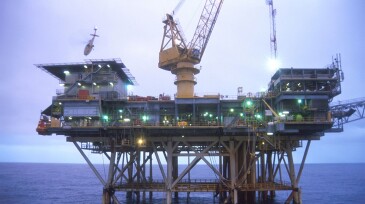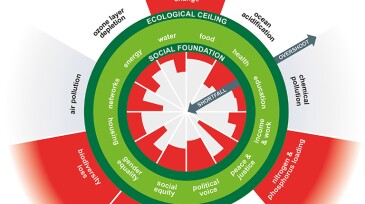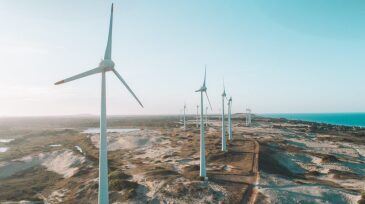Sustainability
The two companies said they will evaluate the possibility of a joint venture to develop a direct air capture hub in South Texas, with XRG considering investing up to $500 million.
The plant at Heidelberg Materials’ cement facility in Brevik, Norway, has captured its first 1,000 metric tons of carbon dioxide.
The times are changing and so are our industry’s prospects, as hydrocarbons are now recognized as cardinal to affordable energy security for the conceivable future. But, in avoidance of suspense, the answer to the headline question is “absolutely.” Here we look at the rationale why.
-
A new study details how historically redlined neighborhoods across the US that scored lowest in racially discriminatory maps drawn by the government-sponsored Home-Owners Loan Corporation in the 1930s had twice the density of oil and gas wells than comparable neighborhoods that scored highest. The wells likely contribute to disproportionate pollution and related healt…
-
Any effective system of greenhouse-gas accounting needs to measure each company’s supply-chain carbon impacts accurately, providing visibility and incentives for it to make more climate-friendly product-specification and purchasing decisions.
-
ExxonMobil has initiated front-end engineering design studies to determine the feasibility of developing a South East Australia carbon capture and storage hub in the Bass Strait, where some of Australia’s oldest offshore oil and gas fields are to be decommissioned.
-
The company, which runs a marketplace for commodities with the consideration of environmental, social, and governance (ESG) factors, will register crude produced by Lundin Energy with the help of certification company Intertek.
-
Is it possible for an extractive industry like oil and gas to not only improve efficiency and reduce negative impacts, but also leave operations sites and surrounding areas in a better state than they were found? Much of the public debate revolves around climate change, but measures of ecosystem resilience are dropping precipitously. Why should we care?
-
Source Energie has been working to identify both medium- and long-term sites for development of floating offshore wind and now has come together with ERM Dolphyn to develop floating wind sites in the Celtic Sea that produce green hydrogen rather than electricity.
-
With Russia’s invasion of Ukraine resulting in lower supplies to oil markets ahead of peak demand season, the International Energy Agency has released a plan that it says can cut global oil demand by 2.7 million BOPD, easing strains and price pain.
-
New lease agreements have secured more than 700 million metric tons of potential CO2 sequestration capacity.
-
Data science plays an increasing role in the fight against climate change. As we use data science to develop innovative solutions to climate change, we should be careful not to replicate, or worsen, existing inequities—or create new ones.
-
The organization, formerly known as the Oil and Gas Technology Centre, will run its Open Innovation Programme starting on 16 March, focusing on seven technology areas.













